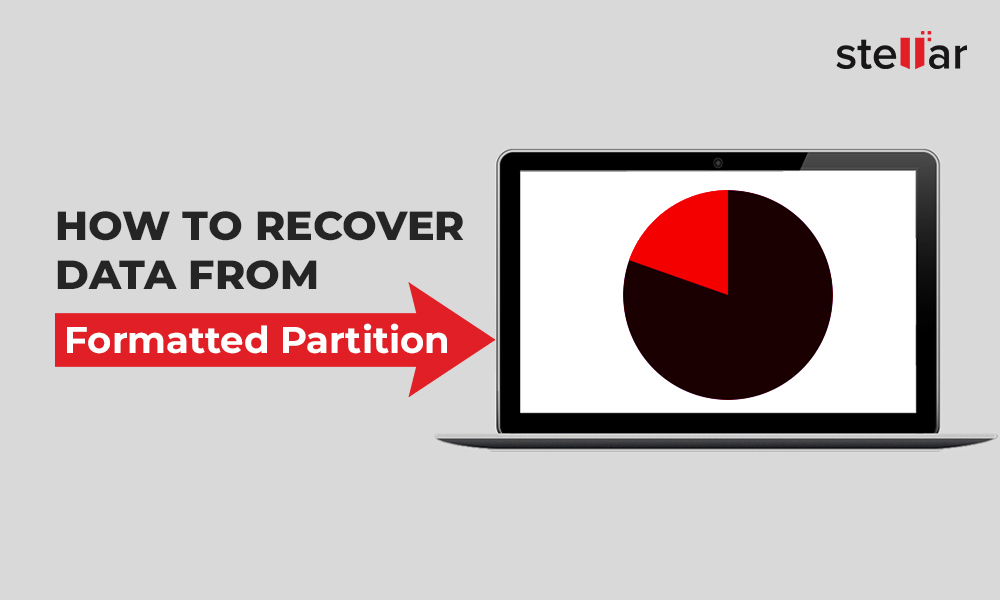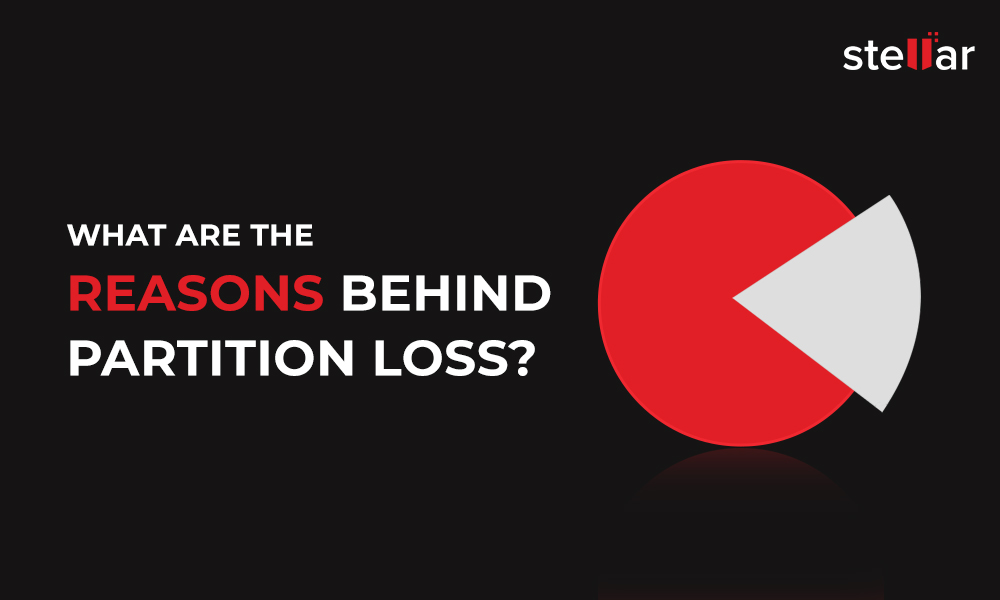Disk partitioning is typically done to extract multiple benefits such as the follows:
- Each partition works like an independent disk. Thus, by partitioning the hard disk, you have as many small logical hard disks as the number of partitions.
- Since each partition is independent of the others, the data stored on each cannot interfere with the data on the others. That introduces great deal of data security in case you keep critical data stored on your system.
- If one of the partitions gets infected by virus or malware, gets formatted accidentally or becomes inaccessible due to technical faults, the other partitions remain unaffected. By storing backups of each partition on the others, you can be sure you always have a recovery option ready with you in case disaster strikes.
- Users choose partitioning to use multiple operating systems on one machine. By installing a different OS on each partition, they can manifest different working environments without the need of purchasing different machines.
- By installing the operating system on one partition and storing data on others, you can dedicate a separate area for OS operations and segregate cache and log files from other data files.
- Systems on which smaller file systems are more efficient (like large HDDs with only one NTFS file system) can witness a significant performance boost after disk partitioning.
In order to maintain the location, size and other particulars about the different partitions, a partition table is maintained by the operating system. This table is read before any other part of the disk and any damage to the partition table can mean inaccessibility of all data stored on the system.













 2 min read
2 min read





